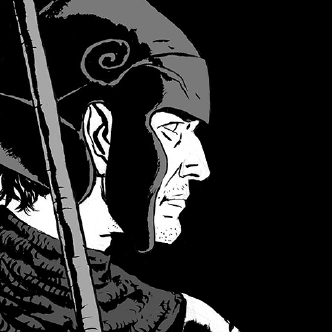Japanese line
- Jarek Kupść

- Mar 21, 2020
- 2 min read
Manga, especially of the much maligned hentai variety, has its roots in the art of shunga, a highly erotic, sometimes pornographic type of ukiyo-e (a genre of Japanese art). It dates back to 17th Century, while non-erotic proto-manga can be traced to 16th Century. The absolute highlight of shunga must be the erotic art of Utamaro and Hokusai, both 19th Century masters primarily known to Westerners from cheap calendars and screensavers. The relationship of art to human body is dramatically different in Japan, as is the depiction of violence. The Western paradigm does not apply here – quite the reverse is true. Before Mickey Mouse and Popeye made their mark on manga, Japanese graphic art was so far ahead of the West that, even Van Gogh recognised its power and adapted his own brushwork accordingly. If you look at any print done in the style of shin-hanga (early 20th Century), you will quickly understand how profoundly influential Japanese artists were in shaping the "signature" look of such iconic comic book artist as Hergé.


Naturally, with time, Western styles and themes permeated Japanese graphic design to a degree, as did Hiroshima and Nagasaki. As the only country on this planet which experienced not one but two atomic bomb explosions, Japan has allowed itself to deal with history and trauma through art that stretches our understanding of what it is to be human in all of its complex, and sometimes uncomfortable, aspects. Yes, manga books feature a lot of dark and disturbing topics, wince-inducing, eyebrow-raising subjects, but so is Nabokov's Lolita and anything by Marina Abramović. Let's focus on the best of Japanese manga and cherish its contributions to art and to our understanding of one another.



Comments